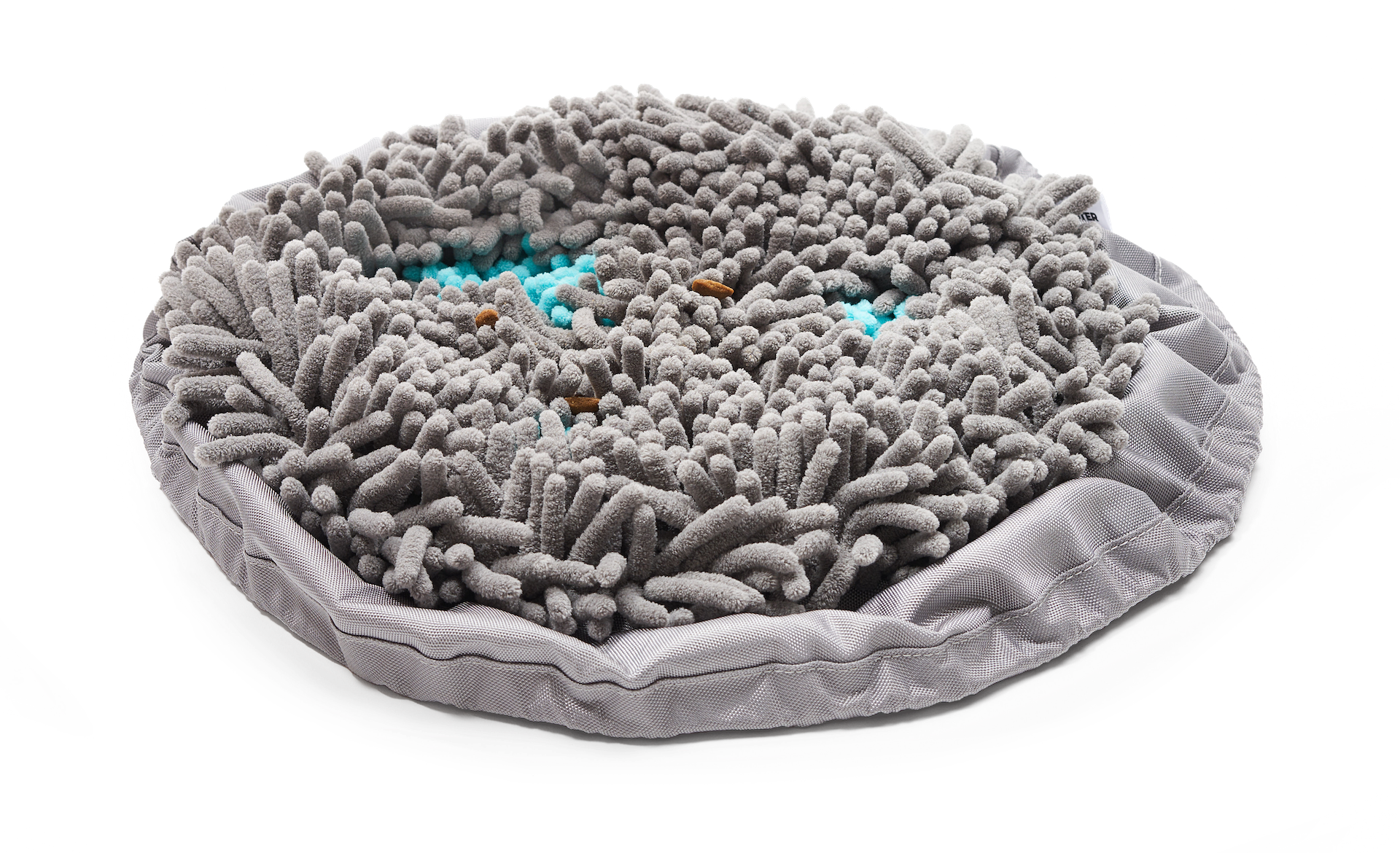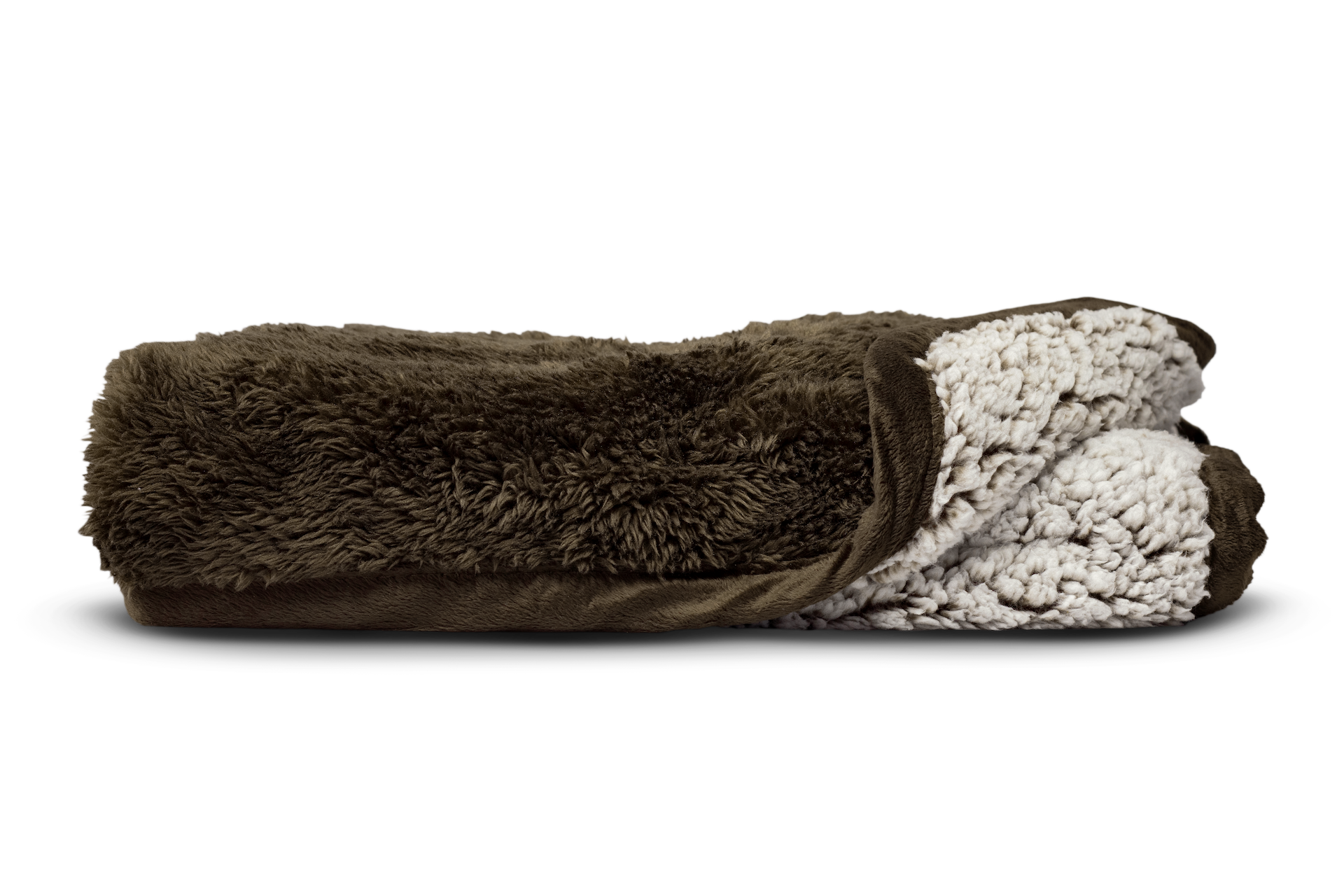As pet parents, we are aware of the downsides our dogs have to experience when they get to an older age. Lesser dog walks, lesser play times and more illnesses. One of the many illnesses your dog might have to face is degenerative myelopathy.
What is Degenerative Myelopathy?
Degenerative myelopathy (DM) is a disorder that affects dogs. According to bestfriends.org, the word “degenerative” refers to the degeneration of the spinal cord and the peripheral nerves. “Myelopathy," on the other hand, is any neurological deficit of the spinal cord. It is a spinal cord disease and can be fatal if pet parents failed to take care and manage their dogs well.
"The most popular form is due to a genetic modification in a gene coding for superoxide dismutase, a protein tied for slaying free radicals in the body."
With DM, there is degeneration of the “white matter” in the spinal cord and the peripheral nerves.
This white matter tracts of the spinal cord have fibers that release movement controls from the brain to the limbs and sensory knowledge from the limbs to the brain.
What Causes Degenerative Myelopathy?
The most popular form is due to a genetic modification in a gene coding for superoxide dismutase, a protein tied for slaying free radicals in the body. Free radicals are component of the natural protection mechanism but grow harmful when they are delivered in extreme numbers causing cell destruction and a mixture of degenerative complications.
According to studies, the breeds most commonly affected include the German Shepherd, Pembroke Welsh Corgi, Cardigan Welsh Corgi, Boxer, Borzoi, Rhodesian Ridgeback, American Eskimo Dog, Bernese Mountain Dog, Golden Retriever, Great Pyrenees, Kerry Blue Terrier, Poodle, Pug, Shetland Sheepdog, Soft Coated Wheaten Terrier, Wire Fox Terrier, and Chesapeake Bay Retriever.
How to Know if My Dog Has DM?
Degenerative myelopathy is a disease that occurs mostly in older dogs. The symptoms typically appears when the dog is in the ages of 8 to 14 years old.
This disease starts off by causing your dog to lose his bodily coordination of the hind limbs. He'll have difficulty walking and may even drag his feet. With this, your dog will find it difficult to climb stairs, run or even go on walks.
In the long run, he will get weak and will find it hard to support his body weight and will have difficulty standing up without support. Weakness will eventually spread to your dog's front legs which will lead to paralysis, and your dog will develop urinary or fecal incontinence or both.
Managing Dog Myelopathy
Finding out your dog has degenerative myelopathy can be one of the most challenging times as a pet parent. But everything will be easier with these tips.
Provide a healthy diet. Providing your dog a good, healthy diet is a perfect way to boost up his wellness. But make sure that this diet is advised by your veterinarian so it will provide him with the proper nutrition he needs.
Maintain good hygiene. Bathe your dog regularly and groom him to keep him happy despite his condition. His skin is at high risk of chafing and becoming sore especially at the hips, elbows and ankles. Always check these areas.
Dog diapers and pee pads. Going back to what's stated above, to avoid your dog from bathing in his pee and poop, dog diapers and pee pads are such great help in keeping your dog comfortable and your home clean. Change diapers and pee pads when necessary.
Take a walk. Walks and exercises are very vital in keeping up your dog's balance, joints flexibility, and good blood circulation. Eventually, wheelchairs or carts may help your dog move around and maintain its quality of life once paralysis sets in.
Having a dog who is experiencing degenerative myelopathy is never easy for you and your dog but there are treatments and things you can do and provide to make your dog's life better.









